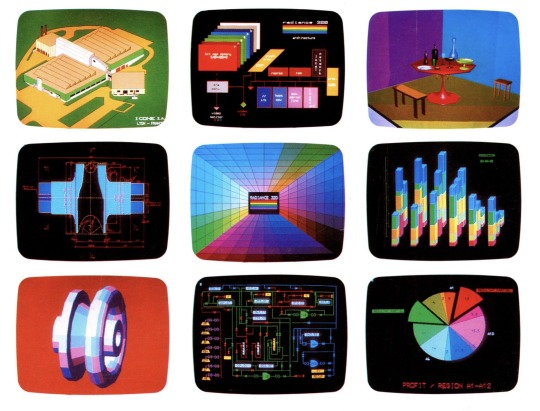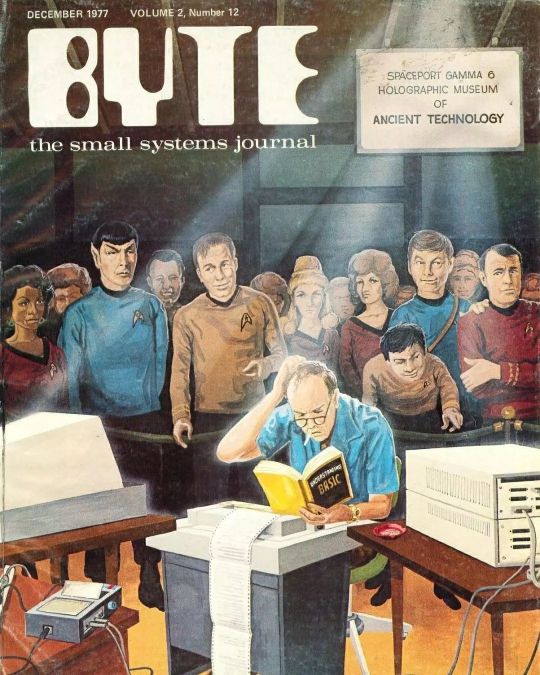Note
How do you appreciate the praise and positivity from people while not letting the hate get to you?
You kind of have to not really let the praise get to you either.
2K notes
·
View notes
Text
2K notes
·
View notes
Text

Me, A Taylor - Day 310
9 notes
·
View notes
Note
i saw your post about GPS receivers and i was wondering how they work well for like. Aviation. my GPS receiver is SBAS and WAAS equipped. Does that happen to do something different from a phone receiver? or does it work similarly to cell towers
So those both work by having extra satellites with newer protocols (GPS was originally designed in 1973!)
They both transfer the data much faster/accurately, so your GPS receiver gets started fast by listening to the info from them and then combining it with the slow GPS satellite datastreams.
They're similarly passive, though. Your GPS unit doesn't need to transmit anything to pick up those signals. It just needs different decoding circuits and maybe an extra antenna.
36 notes
·
View notes
Text
Freital, East Germany, 1988.

Freital, East Germany, 1988.
(Deutsche Fotothek)
45 notes
·
View notes
Note
Is that really CommodoreZ in the background of your VCF computer photo, or are they just joking around?
That's actually him, we were both at VCF East this year (along with several other people I know mainly online)
30 notes
·
View notes
Text
Saw the same two on my way back. They're pretty unbothered by people.




So I ran into these two walking to the bus stop —


They were supremely unconcerned while I walked past them, so I didn't really have the heart to tell them the puddle there isn't gonna fill up much more.
4 notes
·
View notes
Text
So I decided that one of the tools I need for continued electronics work is a frequency counter: a widget I could hook to any regular signal and get back a readout of its fundamental frequency. I figure this needs to cover primarily the audio and subaudio range with some padding. So up to a couple hundred kilohertz, say, makes sense — but since I'm intending this for musical and music-adjacent work, how low is useful?
I've heard that you should wait through at least two cycles of a signal before you can establish its frequency, so that implies a practical limit. I mean, I've seen LFOs out there with week-long cycle times, so you'd wait through the two cycles, (i.e. for two weeks), to get the reading back of 2μHz, and that's just not very useful. I think I'm talking myself into maybe one cycle per hundred seconds or so.
Of course, we then immediately go into scope creep, because I want readouts not just in Hz but also in BPM, and to compare to a base frequency and 12-ET to make the thing also a tuner. But display and comparison are at least software problems and not the front end hardware stuff I'll have to deal with.
#electronics#synth diy#i've been looking at a few circuits and already have concerns about calibration#a lot of designs use a gps unit's 1pps as a timebase#and i'd like to be able to use the thing indoors#so anyway
0 notes
Photo

FUJITSU S-7/300 and S-7/300U
The Fujitsu S-7/300U was a workstation equipped with Sun Microsystems’ 64-bit UltraSPARC RISC-based microprocessor. Fujitsu announced the S-7/300U models 140, 170, and 170E in November 1995. The machines were supplied by Sun Microsystems, headquartered in the U.S., on an OEM basis and corresponded to Sun Microsystems’ Sun Ultra 1 line. The Fujitsu S-7/300U models were intended to strengthen the S-7/300 series of high-end workstations announced a month earlier.
The Fujitsu S-7/300, on the other hand, was a workstation running on the 64-bit SPARC64 RISC-based processor, which was jointly developed by Fujitsu and HAL Computer Systems. The S-7/300 was positioned as a high-end Fujitsu-developed workstation in the S family. Fujitsu announced the 140 and 160 models in November 1996 to extend the S-7/300 line.
332 notes
·
View notes
Text
You know that idealized version of yourself that haunts you with guilt about what you haven't yet become?
They didn't show up.
They don't deserve your praise.
The you who is reading this made it here, despite everything.
This you is the garden worthy of your love and effort.
982 notes
·
View notes
Text
#yeah gps is not inherently two way#cell phones are inherently trackable#(as they are now anyway)#because the towers can triangulate your signal whether or not you have gps#but gps just involves listening to the satellites and doing math#anyway i've repeatedly said i'm not getting any eyesight correction surgery until they can put in a zoom lens
2K notes
·
View notes





